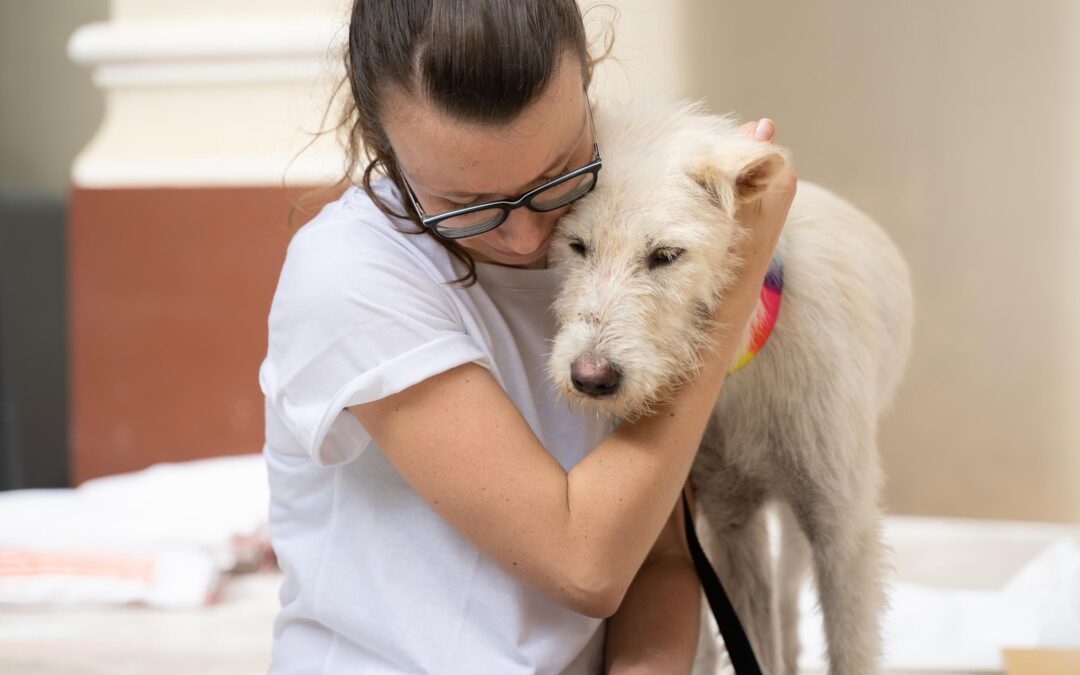Deciding to euthanize a pet is a deeply emotional and challenging decision. Here’s a general overview of what to expect during the process:
Before the Procedure
Consultation with Your Veterinarian: Discuss your pet’s condition, quality of life, and options with your vet. They can provide guidance on whether euthanasia is the right choice and help you understand what to expect.
Preparing for the Appointment: You may be given the option to say goodbye to your pet beforehand. Some owners find it comforting to spend a little extra time with their pet before the procedure.
The Procedure
- In-Clinic Euthanasia:
-
- Setting: The procedure usually takes place in a veterinary clinic. You might be able to choose a private room to provide a more peaceful environment.
- Sedation: Initially, your pet will receive a sedative to help them relax and reduce anxiety. This helps ensure that the process is as calm and comfortable as possible.
- Euthanasia Injection: After the sedative has taken effect, the veterinarian will administer an overdose of anesthetic medication, typically through an injection. This medication will cause your pet to fall into a deep sleep and then stop their heart.
- At-Home Euthanasia:
- Comfort and Privacy: Some vets offer home euthanasia, which allows your pet to pass away in their familiar and comfortable environment. This can be a less stressful experience for both your pet and you.
- Process: The procedure is similar to in-clinic euthanasia but takes place in your home. The vet will bring the necessary equipment and will guide you through the process.
After the Procedure
- Handling of Remains: You’ll need to decide what to do with your pet’s remains. Options typically include:
- Burial: Either at home (if permitted by local regulations) or in a pet cemetery.
- Cremation: Many veterinary practices offer cremation services. You might have the option to choose individual or communal cremation.
- Other Options: Some services offer memorials, like paw prints or keepsake jewelry.
- Emotional Support: It’s normal to experience a range of emotions, including grief, guilt, and sadness. Seeking support from friends, family, or a counselor can be helpful. Many people also find comfort in discussing their feelings with others who have experienced similar losses.
Aftercare for You
- Grieving Process: Allow yourself time to grieve and remember that everyone processes loss differently. There’s no “right” way to feel or to cope.
- Support Systems: Lean on support groups, friends, or family members who can offer empathy and understanding during this difficult time.
Remember, euthanasia is meant to provide a compassionate end to suffering and to relieve your pet from pain when no other options are viable. If you have any concerns or questions about the process, don’t hesitate to reach out to your veterinarian for guidance and support.

